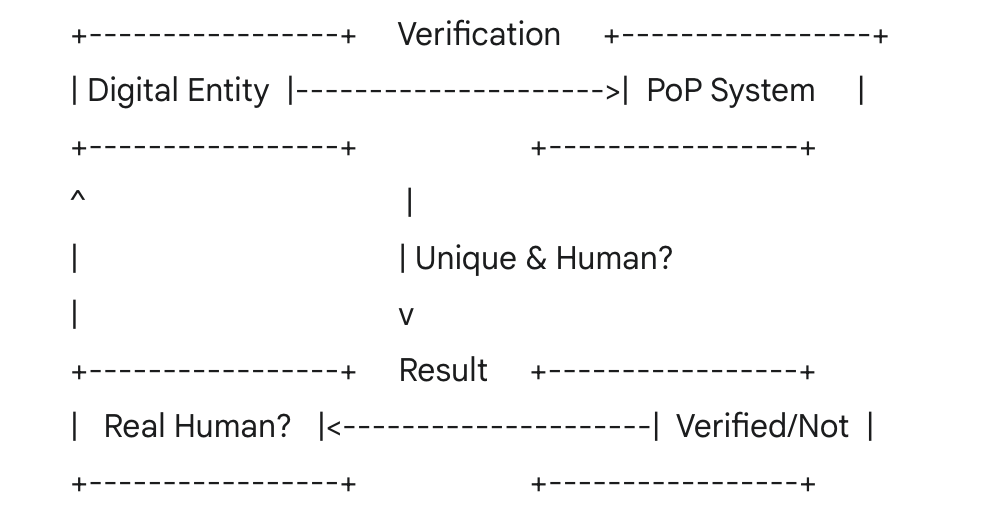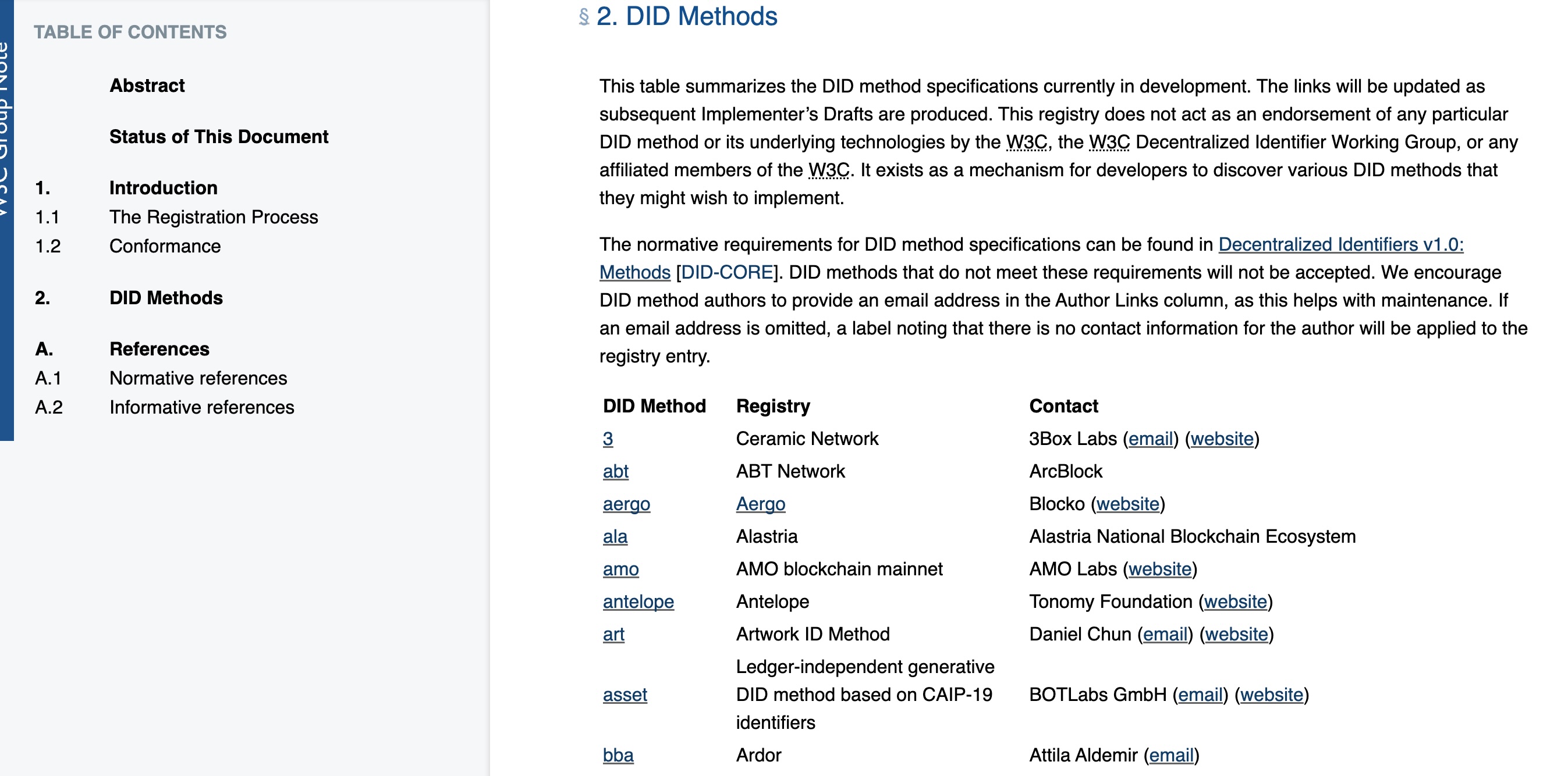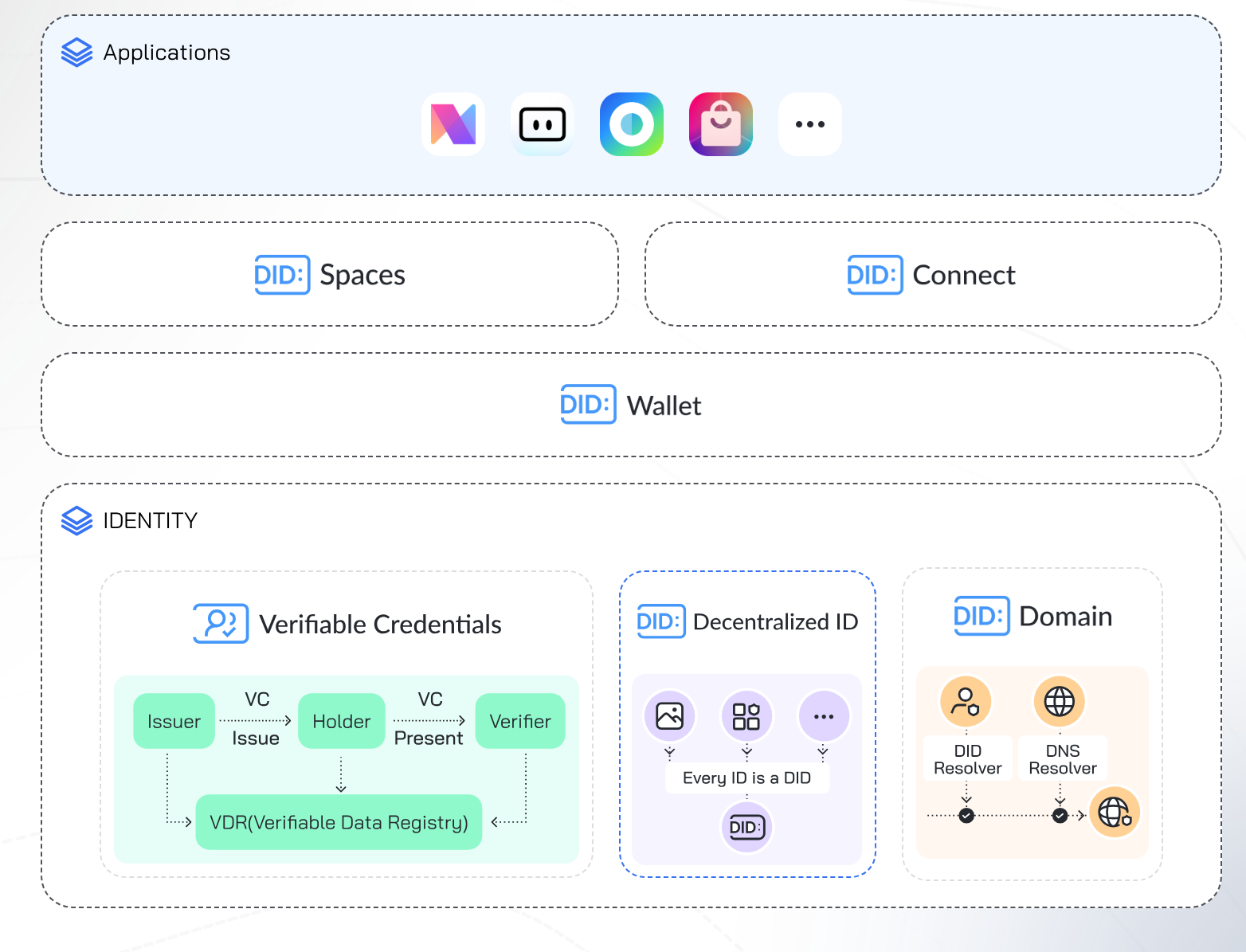With the rise of AI and the increasing use of digital systems, establishing trust and authenticity online is more critical than ever. Two key concepts—Proof of Personhood (PoP) and Digital Identity—play pivotal roles in this landscape. At ArcBlock, a platform that has seamlessly integrated Decentralized Identity (DID) into its ecosystem, we've seen firsthand how these concepts intersect and how DIDs can revolutionize both.
Defining the Core Concepts#
What is Proof of Personhood (PoP)?#
Proof of Personhood is about verifying that a digital entity is a unique, real human being. It’s a critical safeguard to things like Sybil attacks, where one actor creates multiple fake identities to manipulate systems. PoP is essential in scenarios like:
- Democratic voting: Ensuring “one person, one vote.”
- Fair resource allocation: Preventing individuals from claiming multiple shares.
- Online services: Blocking bots or duplicate accounts.
At its core, PoP focuses on uniqueness and humanity, addressing a specific but vital aspect of identity verification. Here is a sample diagram to demonstrate how a system might verify a digital entity as a human. Venn Factory, 2023

What is Digital Identity?#
Digital Identity is a broader concept, encompassing all the digital attributes that define an individual online. These include:
- Credentials: Usernames, passwords, or biometric data.
- Personal data: Name, email, or date of birth.
- Behavioral patterns: Transaction history or browsing habits.
Digital identity systems manage these attributes to enable authentication, authorization, and personalization across platforms. Traditional systems often centralize this data, raising concerns about privacy and security. IEFT Identity Discuss, 2023
Where Decentralized Identity Fits In#
Decentralized Identity (DID) reimagines digital identity by giving users control over their data rather than relying on centralized authorities. Built on open standards (like W3C DID specifications) and often powered by blockchain technology, DID aligns with the ethos of self-sovereign identity. It's important to note that at ArcBlock, we’ve integrated DID into our platform to empower users and developers, offering a foundation for digital identity and PoP.

Proof of Personhood vs. Digital Identity: A Comparison#
While PoP and digital identity overlap in their focus on verification, they serve distinct purposes:
- Overlap: Both aim to establish trust in digital interactions by confirming aspects of a user’s identity.
- Differences: PoP is narrowly focused on proving uniqueness and humanity, while digital identity encompasses a wider range of attributes and use cases, from logging into a website to proving your age at a bar.
Decentralized Identity bridges these concepts by providing a flexible, user-centric framework that can support both broad identity management and specific PoP applications.
Advantages of Decentralized Identity for Proof of Personhood#
- Privacy and User Control
DID enables users to own their PoP credentials, minimizing data exposure. Privacy-preserving methods, like selective disclosure, allow proof of humanity without sharing sensitive details—a stark contrast to centralized systems that often hoard personal data. - Interoperability
Standardized DIDs ensure PoP credentials are portable and verifiable across ecosystems, making them practical for diverse applications, from voting to resource distribution. - Scalability
Decentralized systems distribute identity management across a network, avoiding the bottlenecks of centralized authorities. This scalability is vital for large-scale PoP use cases, such as global identity verification. - Security
Blockchain-backed DID solutions, like those at ArcBlock, make PoP credentials tamper-proof and resistant to fraud, ensuring trust in high-stakes scenarios.
Challenges of Decentralized Identity for Proof of Personhood#
- Technical Complexity
Building DID-based PoP systems can require sophisticated infrastructure—blockchains, cryptographic tools, and intuitive interfaces. This complexity can deter adoption, especially among non-technical users. However, ArcBlock's DID solutions have greatly reduced these challenges offering these capabilities right out of the box. - Adoption Barriers
While DID is gaining traction, it’s still early in its lifecycle. Convincing users and organizations to embrace decentralized solutions demands education and trust-building. - Verification Robustness
DID provides the framework, but the actual PoP verification (e.g., biometrics or social graphs) must be airtight.
To illustrate these trade-offs, consider this comparison of PoP approaches:
| Criteria | Social-Graph-Based | General-Hardware Biometric | Specialized-Hardware Biometric |
|---|---|---|---|
| Privacy | Low | Fairly Low | Fairly High |
| Accessibility/Scalability | Fairly Low | High | Medium |
| Decentralization Robustness | Fairly High | Fairly High | Fairly Low |
| Security vs. Fake People | High | Low | Medium |
This table highlights the strengths and weaknesses of different PoP methods, many of which DID can address by balancing privacy, scalability, and security.
ArcBlock’s Approach: A Decentralized Identity Powerhouse#
At ArcBlock, we’ve woven decentralized identity into the fabric of our platform, creating a robust foundation for both digital identity and PoP. Here’s how we stand out:

Key Features#
- Fully Integrated: DID isn’t an afterthought—it’s built into every layer of ArcBlock, from user authentication to smart contracts. This ensures seamless identity management for developers and users.
- User-Centric Design: Our tools and apps simplify DID adoption, offering intuitive interfaces for credential issuance and verification, making it accessible to everyone.
- Scalability: Our blockchain infrastructure supports high-throughput identity applications, perfect for large-scale scenarios like payments, voting, or universal basic income.
- Security: Leveraging blockchain’s immutability, we ensure PoP and identity credentials are fraud-resistant and secure.
How ArcBlock Compares to Other Identity Offerings#
Centralized Identity Providers#
Traditional systems (e.g., social logins, government IDs) centralize data, risking breaches and loss of user control. ArcBlock’s DID solution:
- Reduces Risks: Decentralization eliminates single points of failure.
- Enhances Privacy: Unlike centralized systems that collect everything, users decide what to share.
Other Decentralized Identity Platforms#
While competitors exist, ArcBlock’s edge lies in its comprehensive ecosystem:
- Full-Stack Solution: We offer a complete blockchain platform, not just DID tools, enabling end-to-end decentralized applications.
- Ease of Adoption: Our focus on usability sets us apart, lowering the entry barrier for enterprises and developers.
Conclusion: Building Trust with Decentralized Identity#
Proof of Personhood and Digital Identity are essential for a trustworthy digital world. Decentralized Identity unites them, offering a user-centric, secure, and scalable solution. At ArcBlock, we’re not just following this trend—we’re leading it. By embedding DID into our platform, we empower users and developers to tackle identity challenges, from proving humanity to managing complex digital profiles. To get started with Decentralized Identity or to integrate it into your next app, check out https://www.arcblock.io.
Listen to the Audio Overview#
Learn more#
To learn more about Proof of Personhood, Digital Identity, and Decentralized Identity, you can explore these resources:
- W3C Decentralized Identifiers (DIDs) Specification: The official standard for DIDs, providing a deep dive into their structure and use cases. https://www.w3.org/TR/did-core/
- Self-Sovereign Identity by Christopher Allen: A foundational article on the principles of self-sovereign identity, which underpins DID. http://www.lifewithalacrity.com/2016/04/the-path-to-self-sovereign-identity.html
- Microsoft’s Decentralized Identity Resources: Microsoft has led DID adoption, offering insights into real-world applications. https://www.microsoft.com/en-us/security/business/identity-access-management/decentralized-identity
- Ethereum Name Service (ENS) and Identity: Learn how ENS integrates with DID to create human-readable decentralized identities. https://ens.domains/
- Sovrin Foundation: A nonprofit dedicated to advancing self-sovereign identity, with whitepapers and case studies on DID and PoP. https://sovrin.org/
- ID2020: A global initiative focused on digital identity for all, exploring the intersection of identity and humanitarian use cases. https://id2020.org/led
Additional Links for Learning More#
If you’d like to explore further, here are some additional resources I recommend:
- “Decentralized Identity Explained” by Evernym: A beginner-friendly guide to understanding DID and its implications. https://www.evernym.com/decentralized-identity/
- Hyperledger Indy Documentation: Hyperledger Indy is a blockchain framework specifically for DID, offering technical insights into implementation. https://hyperledger-indy.readthedocs.io/
- “Proof of Personhood: A Survey” by Vitalik Buterin: An in-depth exploration of PoP methods, written by Ethereum’s co-founder. https://vitalik.ca/ (Note: Search for Vitalik’s blog posts on identity and PoP, as he frequently writes on this topic.)
- uPort (now part of Serto): A pioneer in DID, offering case studies and tools for developers. https://www.serto.id/
- The Decentralized Identity Foundation (DIF): A collaborative organization advancing DID standards and interoperability. https://identity.foundation/
